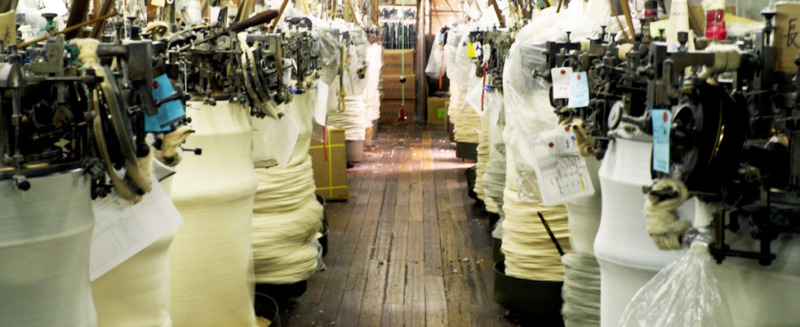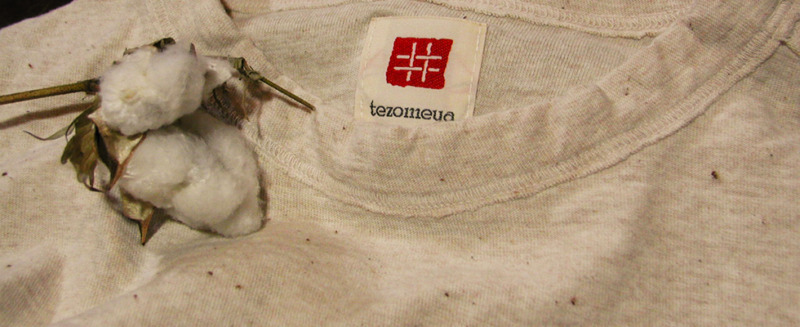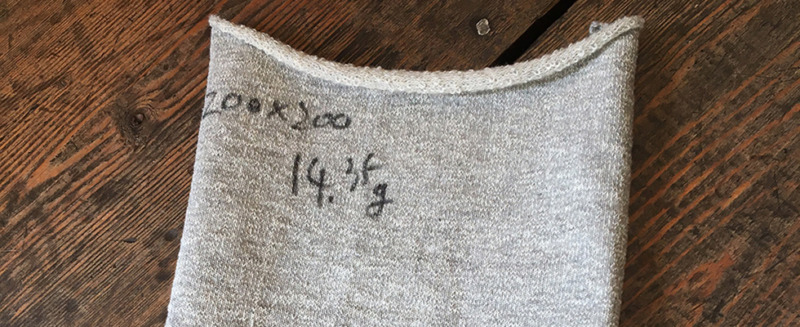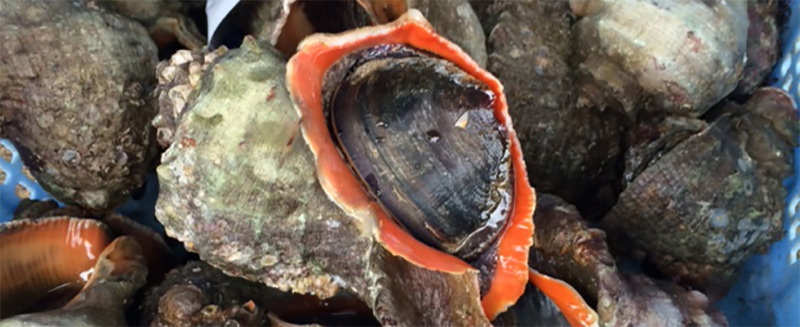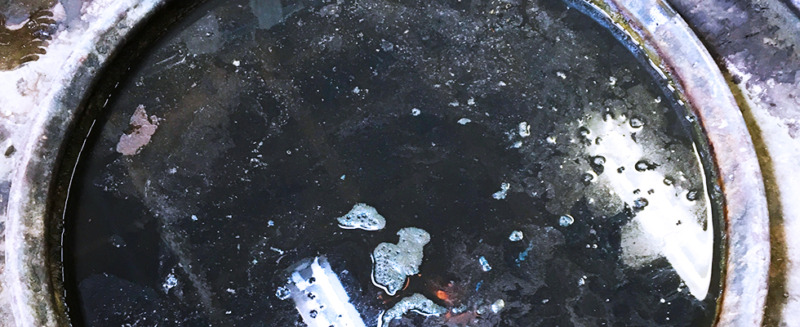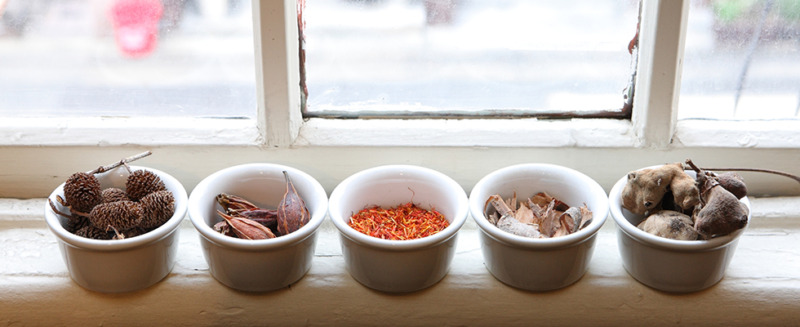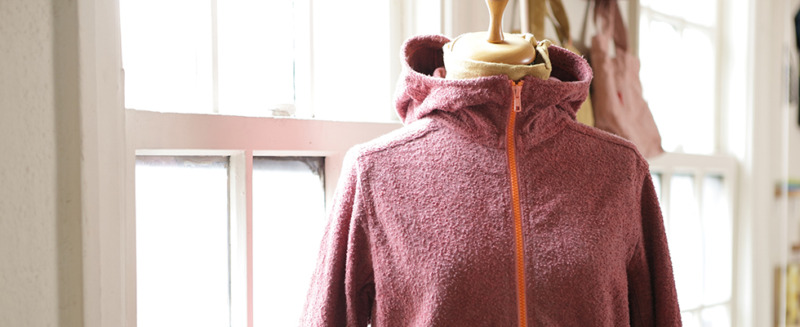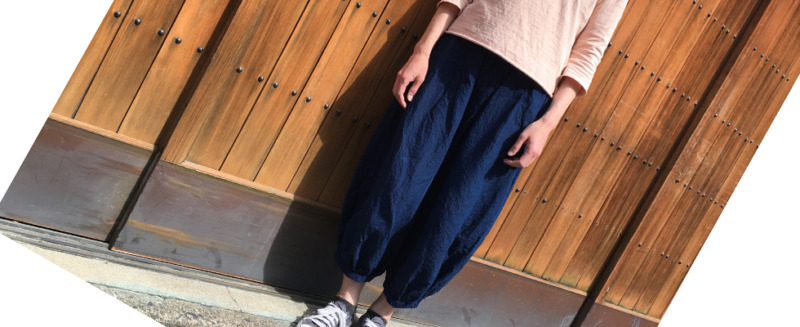tezomeya Blog
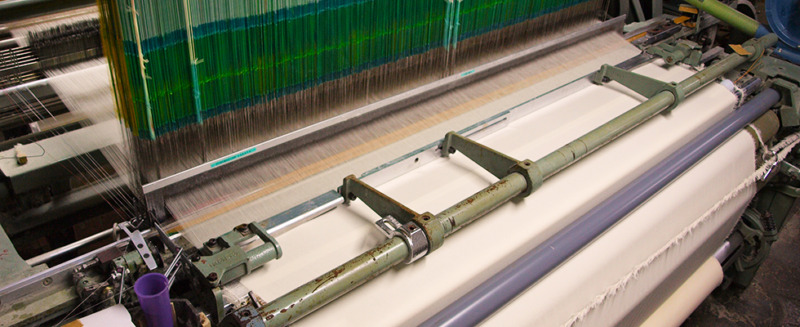
Ookido- weaving company
1. Fudigi which a jersey-specialized machine shop makes a solid texture focusing on texture
Ootokido woven fabric (Oki Mr. Hashida is a warehouse located in Nishiwaki City, Hyogo Prefecture. It is not a cloth store.
Weaving fabrics by our own company and supplying the cloth store with raw materials (cloths, cloths, which have not been washed or dyed / wrapped yet, fabrics that are not yet processed), the manufacturer of the fabric of the fabric Mr. is.
In the food world, it is not a grocery store but a farmer’s name, it is a fisherman and not a fish store or a shop for a fish market.
There was a very fortunate edge this time, it became possible to purchase textiles directly from Mr. Ogito woven cloth, but Mr. Otido, what is amazing, weave the ordered fabric with a small lot I’m giving up.
In terms of fish, rather than choosing a fish caught by a fisherman, I will ask the fisherman “Please catch that fish!” And take a fish or a nearby fish. It is kind of like me. Moreover, it is very small from 10 tails and 20 tails.
As a machine shop, it is an unusual way of doing work. Besides, Mr. Otido’s workshop was originally a jacquard specialist. Jacquard is a method and fabric that allows a weave pattern to be made freely by an automatic weaving machine called Jacquard loom in simple terms. It is famous also how to make Nishijini belt in Kyoto.
This Jacquard loom is a complex machine made to weave complex patterns. However, Mr. Otido is this Jacquard loom and has produced simple woven fabrics that produce fine texture and texture without putting patterns, in various variations.
Moreover, its texture has become a tasteful face like weaving with an old loom!
Why can you do that? Why can a Jacquard shop woven this texture in the first place …?
Here we will show you the identity of Mr. Ogito Woven cloth! There is a place where it becomes a little specialty content, but please have a look if you are interested.
2. What is “weave” in the first place?
Prior to Mr. Otido ‘s talk, I will introduce what kind of thing is “weave” easily though it is easy.
I’m sorry but I’m happy if you can imagine virtually in my head.
I’m sorry I have become like a teacher mode somewhat, but if this is not in my head it will make it a bit hard to understand the later story, so please go to gymnastics instead of intro.
- 1. First of all, arrange many strings of the same length. Stop all threads so that they do not move at both ends. This is called warp thread (warp).
- 2. Next, we will assign numbers to the arranged threads. For example, if there are 200 arranged yarns, it ranges from 1 to 200.
- 3. Raise 100 threads of even group of even numbered threads 2, 4, 6, … 200 up together slightly </ strong> .
- 4. At the same time, lowering the odd numbered thread, 100 threads of the odd group up to 1, 3, … … 199 together just briefly .
- 5. A gap will be created between the even group and the odd group of tightened thread. I will pass another new thread here. This newly placed thread is called a weft yarn (weft).
- 6 Return the 200 warp threads.
- 7. Now lower 100 warp yarns in even group slightly , Raise 100 warp yarns in odd group slightly above .
- 8. Pass another new weft thread in the gap between the warp thread even group and the warp thread odd group.
- 9 Return the 200 warp threads.
… and so on, I repeat the process from 3 to 9 all the time. Then, the warp thread and the weft thread become regularly intertwined and become a cloth which can not be loosened. This is a fabric.In the example above, the warp thread is the simplest woven fabric that can be made simply by moving up and down, plain weave (hiraki). If you devise various ways to raise this warp yarn, various types of fabrics are made, and if you make a mechanism that can vertically and vertically move each warp yarn independently, you can freely change the pattern I can do it.
This weaving machine which can control all warp threads freely is Jacquard loom. Of course, even with Jacquard looms it is possible to make simple plain weave and other fabrics. But if you just make a simple fabric, you only need to use a loom with a simpler mechanism. But, Otogido Woven Cloth has various fabrics in a unique way unique to Jacquard loom. So, in a concrete story …All warp threads are made to move independently
Just in the handcraft I heard it when weaving the fabric, so I will explain with the image of the weaving machine.
This is where the warp thread is threaded through the heddle. A heddle like a long needle in the vertical direction on the image controls the vertical movement of the warp thread.
To this, white warp threads are threaded one by one. Now, the warp thread is moved up and down alternately by the heddles, just the weft thread is passing. This warp thread, it is hard to set it. The number of warp threads of ordinary fabrics is more than 2,000! Of course, of course, I pass by hand one by one. You just stand by your thoughts.The superiority to make vintage fabrics with jacquard looms … 1 </ strong>
Mr. Okito woven cloth’s Jacquard loom is a loom that puts weft yarns in a method called rapier all. This is also a little old compared to the latest air jet system and water jet system, but the mechanism to make a texture with a good texture of old expression and taste, the weft yarn is carried by an older shuttle (reed) system thing. In the shuttle system, a large wooden tool called a reed carries a weft yarn. Therefore weaving speed is slow. However, as a rapier (meaning of spear), a thin tool like a spear like a picture grabs and carries the thread. So it was able to move faster than the shuttle, which led to faster weaving machines.
However, in order to move accurately and quickly, you have to take a large amount of vertical movement of the warp thread, so the tension of the warp thread when it is woven becomes too tight and the weaving will become hard.
In order to make up for this shortcoming of rapier formula and bring it closer to the shuttle system, Mr. Otido loosens the tension of each warp yarn to the last minute by utilizing the characteristics of this Jacquard loom and weaves it. When we loosen the warp thread, the weaving machine’s movement becomes slow and the possibility that the mistake will occur in the movement of the thread will increase, but it seems that we are working on it while adjusting it finely.
This is plain, but I think it is a very difficult thing.The superiority to make vintage fabrics with jacquard looms … Part 2 </ strong>
I’m sorry, I am gradually more professional I have become a maniac, but …. This image is a part that supplies weft yarn to rapier. The rapier method is a mechanism that grabs the thread from here, carries the warp thread, cuts the thread when carrying one, and grasps the new thread, so it is also possible to put various kinds of weft threads in order One.
This is an image weaved with a high density broad for shirt of hand-made artist. This fabric has all 40 weft yarn thread. So it’s OK with one kind of thread, but please look at the image carefully. Two yarns are coming out from the third and fourth mouth. why?
This seems to change the tension alternately when inserting weft yarn. Because the shuttle type weft yarn has a simple structure, when the shuttle goes back and forth, the tension is a bit different. So, the shake of the tension of that weft yarn seems to produce expressive texture unique to the shuttle. Mr. Otido reproduces the blurring of its tension with the rapier and Jacquard loom’s mechanism! ! This can not be done unless you know the texture and mechanism of the shuttle and the machines of Jacquard and rapier, probably. It’s amazing··.Nostalgic! It works with a punch card.
At the top of the weaving machine is the attic I was in another room, and when I got up there, a nostalgic punch card!
It was hard to understand because the image was blurred because I took a moving place in a dark place, but I want a card with a hole in the cardboard
